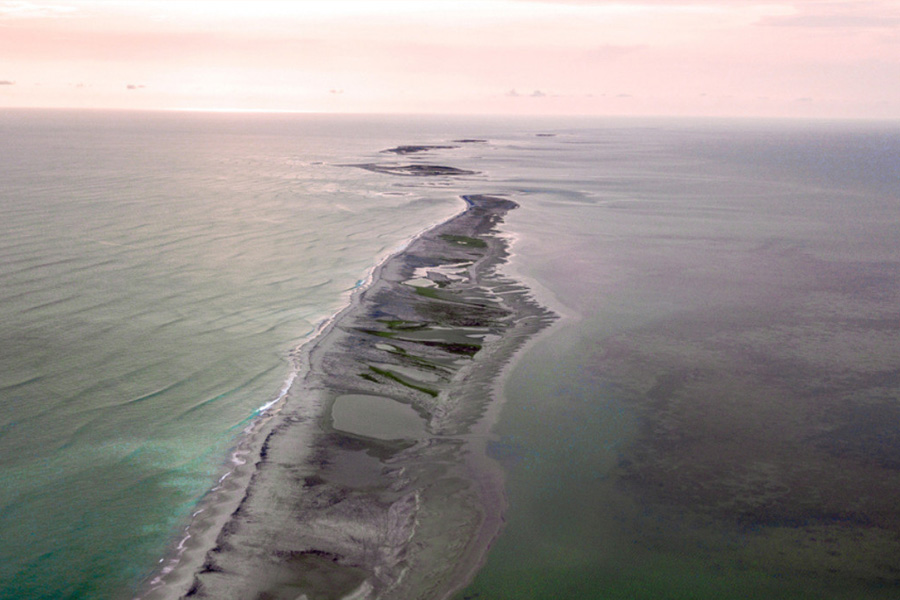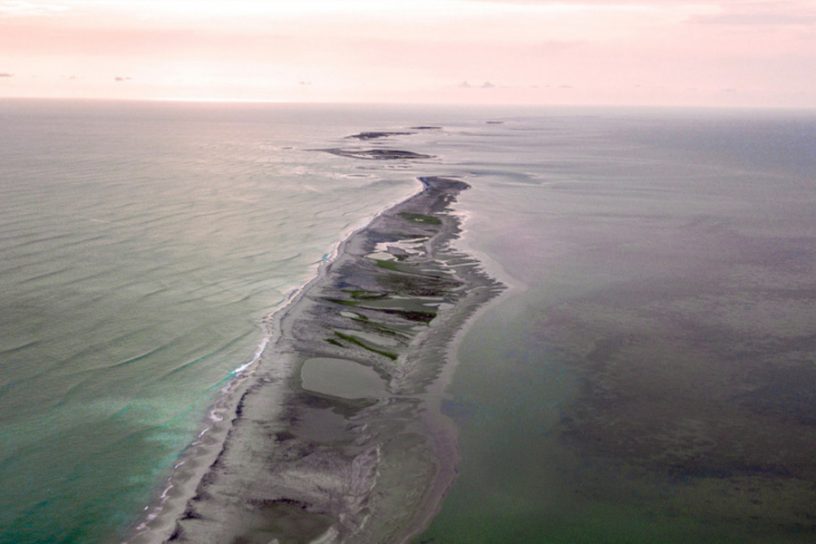
As an aquapelagic imaginary, or indeed a performed aquapelago, the Ram Sethu is sustained by accumulating epistemic plurality from multiple geological, secularist, sacred and environmentalist interpretations, says the author.
Author
Arup K. Chatterjee, Associate Professor, Jindal Global Law School, O.P. Jindal Global University, Sonipat, Haryana, India.
Summary
Taking the current geological, environmental and religious controversy around the iconic Adam’s Bridge or Ram Sethu (as it is referred to in Hindu sacred mythography) and the proposed Sethusamudram canal project – which has been delayed since the late-20th century over several administrative terms, due to litigious procedures and protests by religious groups – this article examines the Ram Sethu as an aquapelago.
The Ram Sethu is an aquapelagic zone, not merely in geo-historical terms but also in psychological ways, that is largely experienced in the Indian consciousness through the evolution of ancient folkloric motifs in contemporary media-loric polemic.
As an aquapelagic imaginary, or indeed a performed aquapelago, the Ram Sethu is sustained by accumulating epistemic plurality from multiple geological, secularist, sacred and environmentalist interpretations.
This epistemological plurality or transcendence of (geo-)logocentric meanings is an inevitable function of aquapelagic imaginaries, even more so of the Ram Sethu, which is reproduced by multiple determinate negations of religion (negating ambitions of economic development), developmentalism (negating themes of environmental sustainability), and environmentalism (negating majoritarian discourses of what constitutes the sacred).
Published in: Shima
To read the full article, please click here.


